The Sardine Run: The Greatest Shoal on Earth

Every winter, along the KwaZulu-Natal coast of South Africa, an extraordinary natural spectacle takes place. Large shoals of sardines move in a band up the coast, attracting sharks, gamefish, marine mammals and birds in a feeding frenzy. This is the Sardine Run, also known as the Greatest Shoal on Earth.
Sardines, also called pilchards, are cold-water fish that live in huge shoals in the surface layers of the ocean. They are commonly found in enormous shoals on the west coasts of California, South America, Japan, Australia and, of course, southern Africa. Although small, collectively they comprise nearly a quarter of the world's fish catch by weight, making them one of the most valuable groups of fish.
The Sardine Run is an annual phenomenon sparked by the entry of large shoals of sardines into the waters of southern KwaZulu-Natal during the winter months. Although the great bulk of South Africa's sardine stock is to be found in the cooler Cape waters, each winter a small proportion of the stock moves eastwards up the Wild Coast. These shoals take advantage of cool water on the continental shelf of the east coast that occurs seasonally as a narrow band between the coast and the warm, southward flowing Agulhas Current.
It is not clear what advantage the sardines gain by entering KwaZulu-Natal waters. On the contrary, in fact, local waters are less food-rich than are Cape waters, the favourable cooler conditions are only temporary and, to make matters worse for the sardines, they are accompanied by many predators which prey on them heavily. Because the fish become concentrated near the surface in a narrow inshore band of water, the shoals are quickly located by schools of marauding predators that are whipped into a frenzy by this brief period of plenty in these otherwise less productive waters.

Sharks, such as the copper, dusky, blacktip and spinner, join gamefish such as shad, garrick and geelbek, and marine mammals like Cape fur seals and dolphins in hot pursuit of the shimmering mass of sardines, or each other. As the shoals are driven to the surface, birds - Cape gannets, cormorants, terns and gulls - plummet out of the sky to pillage from above. The appearance of common dolphins along the KwaZulu-Natal south coast is closely associated with the arrival of the Sardine Run, and it has even been suggested that the female dolphins use the plentiful food supply to wean their calves and replenish their depleted fat stores.
The progress of the Sardine Run is closely monitored by anglers, who flock to the beaches and rocks to participate in excellent game-fishing. Commercial fishing of the sardines themselves is also undertaken using beach seine nets, which are pulled from the shore.
Sardines feed primarily on plankton, minute plants and animals that they filter from the sea using sieve-like gill rakers. In turn, the exceptional productivity of sardines fuels the populations of most of the larger marine predators. Gamefish, birds, seals and dolphins compete with humans for a share of the bounty.
Although the Sardine Run only lasts for a brief period each year, it is a time of plenty for all, including the many human predators that converge on the area to enjoy this incredible spectacle of nature.
If you would like to witness the Sardine Run spectacle first hand check out the Sardine Run tour
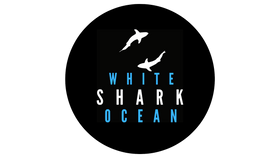
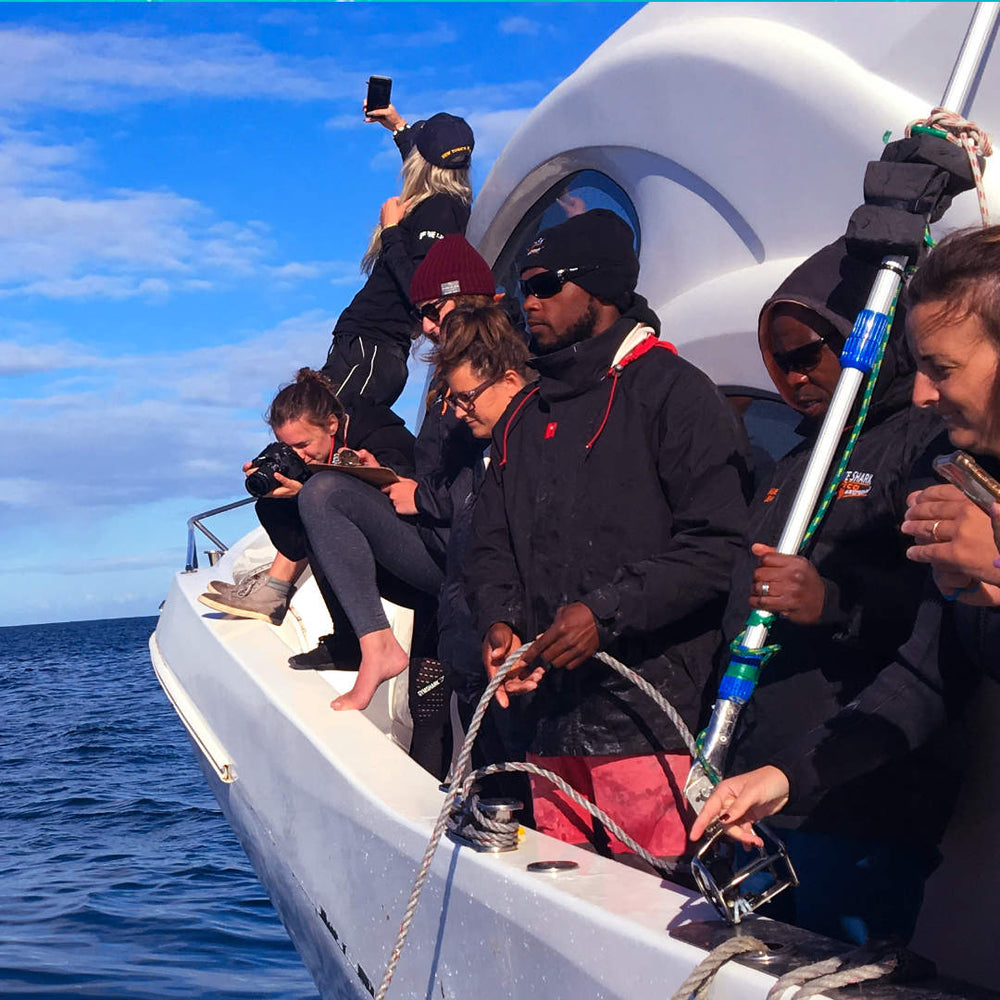
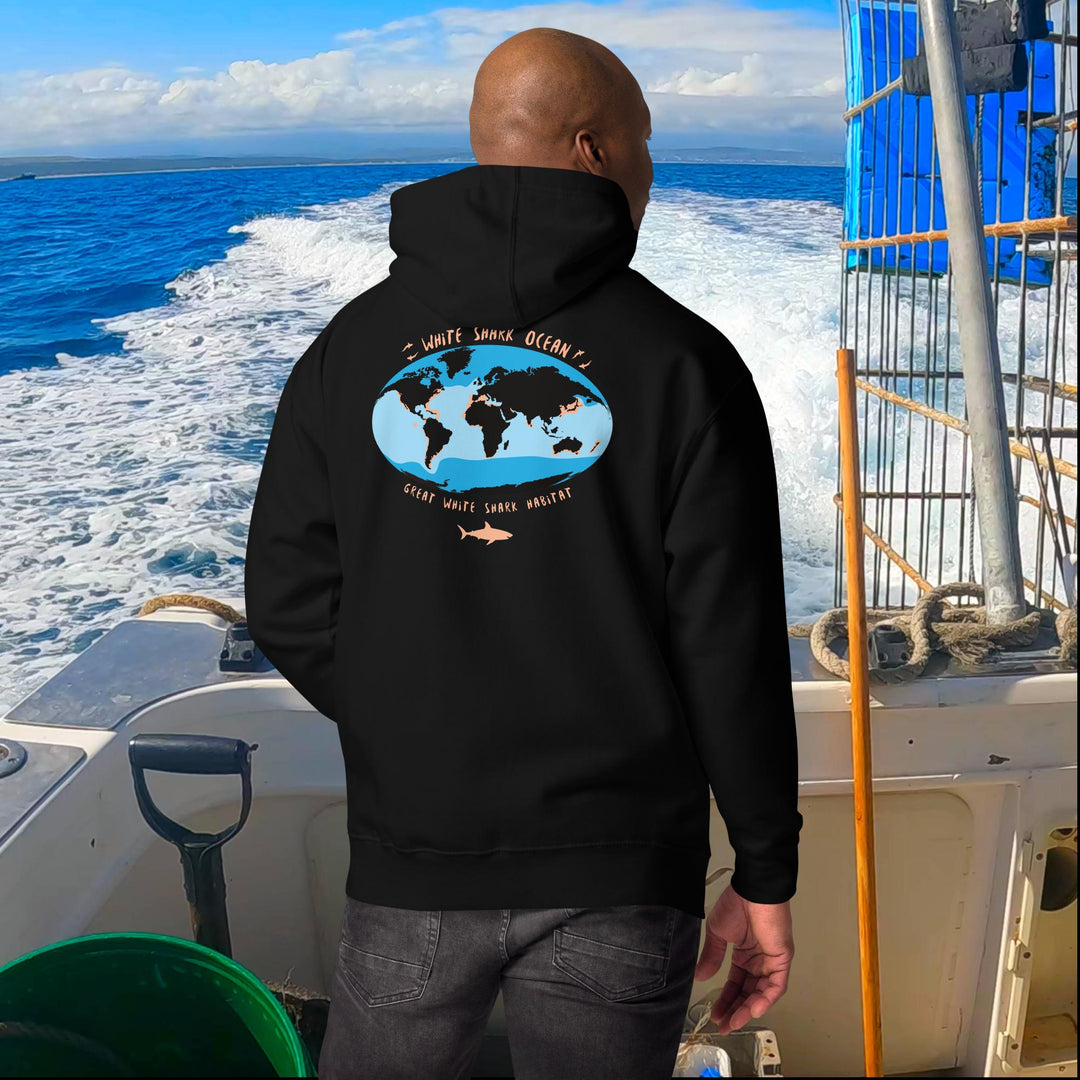
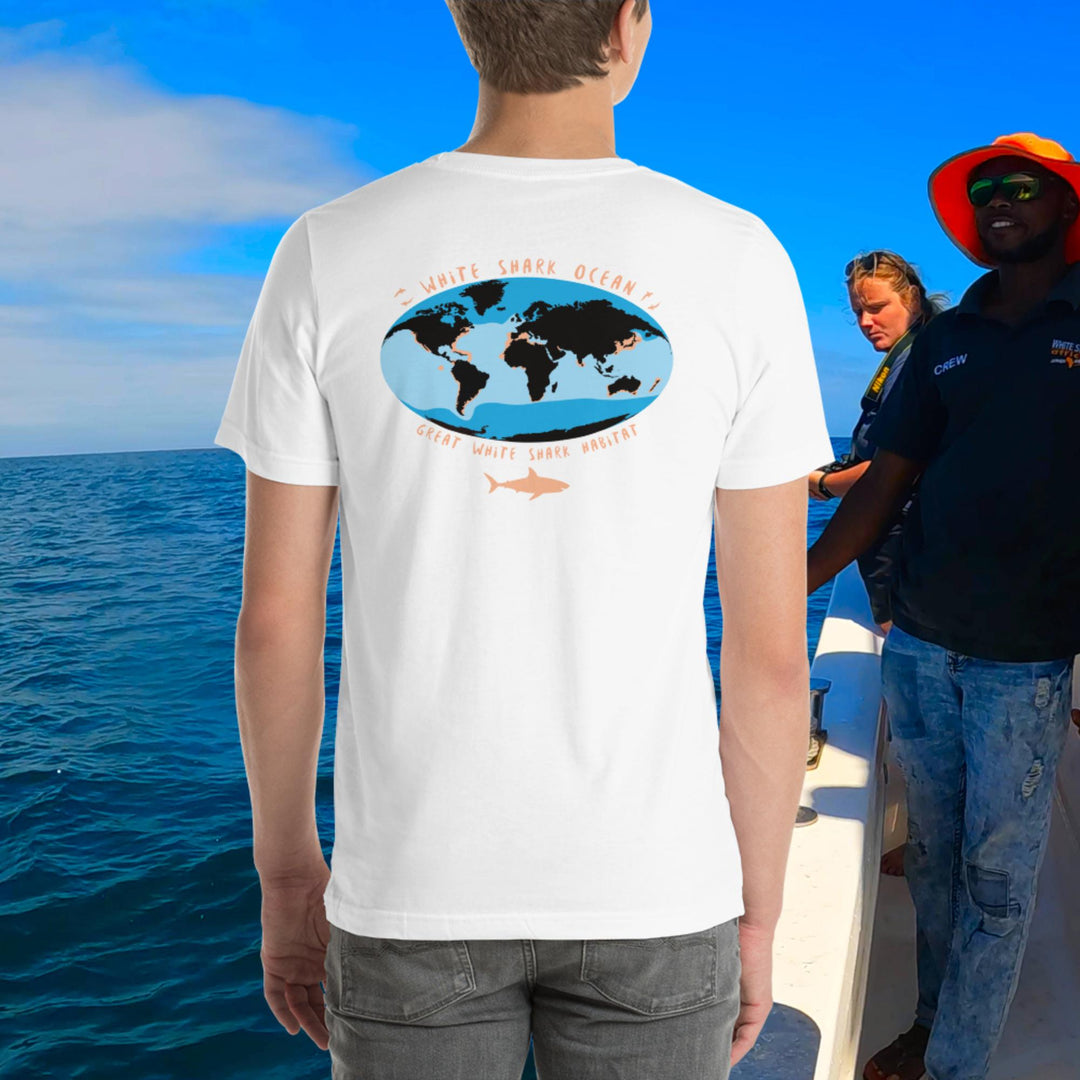
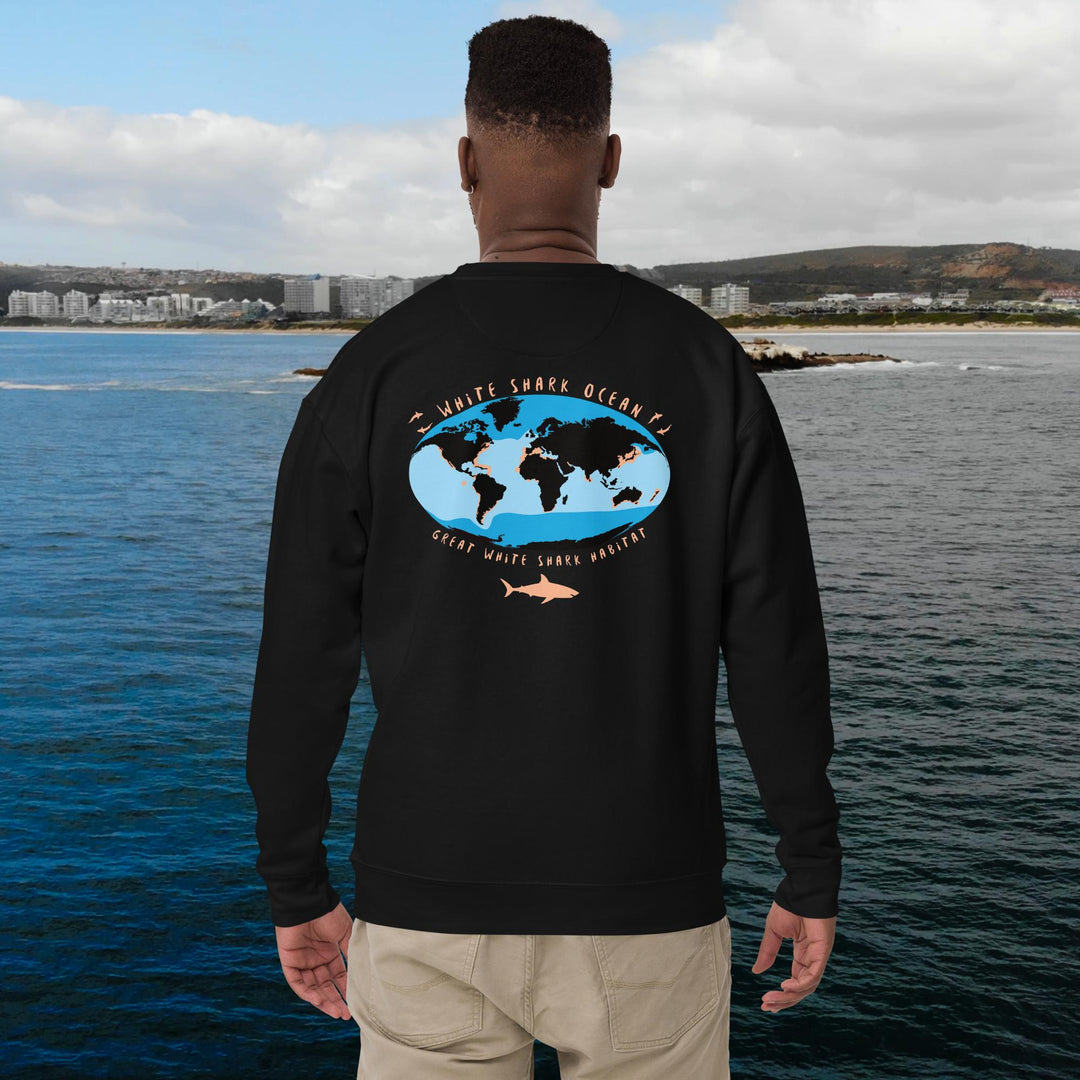
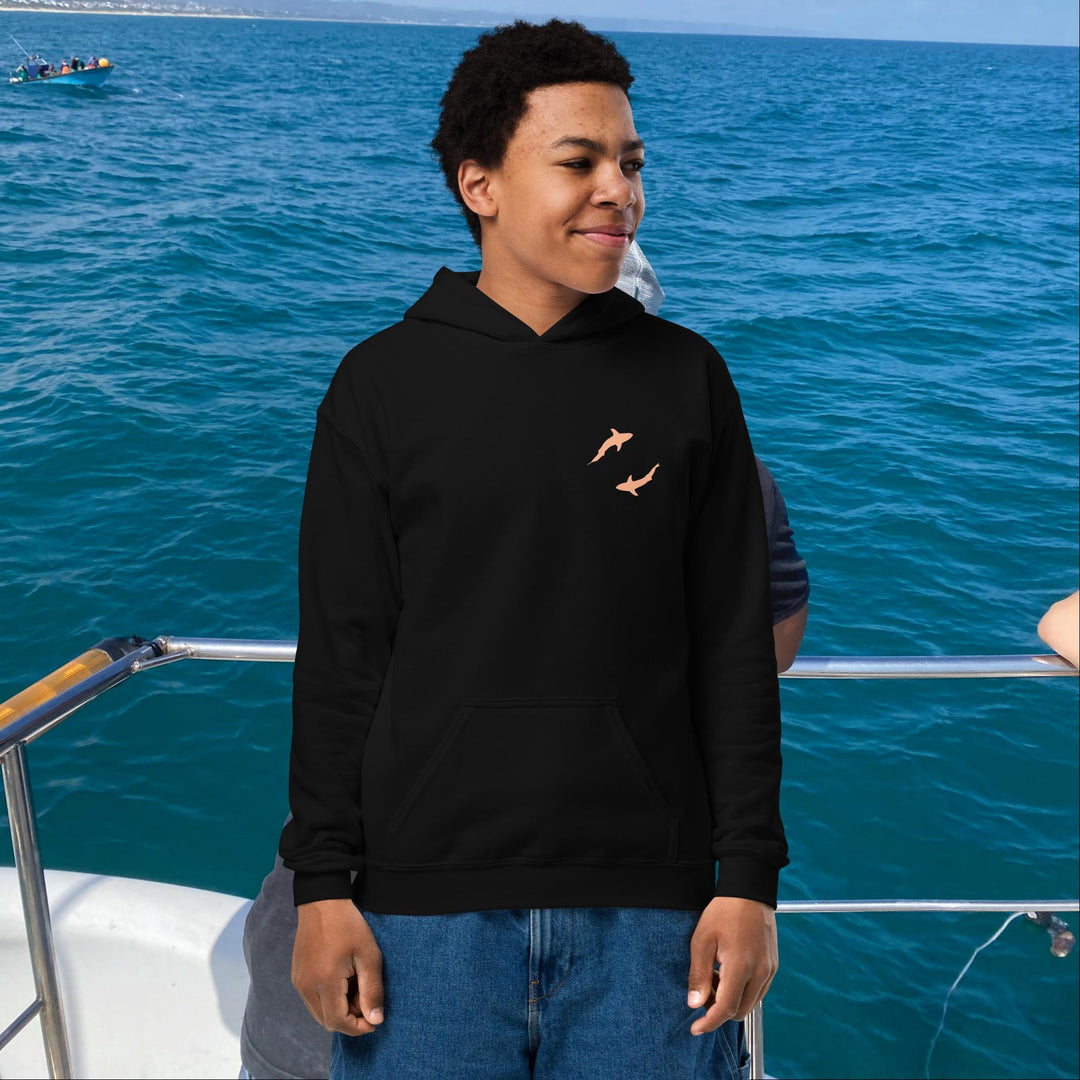
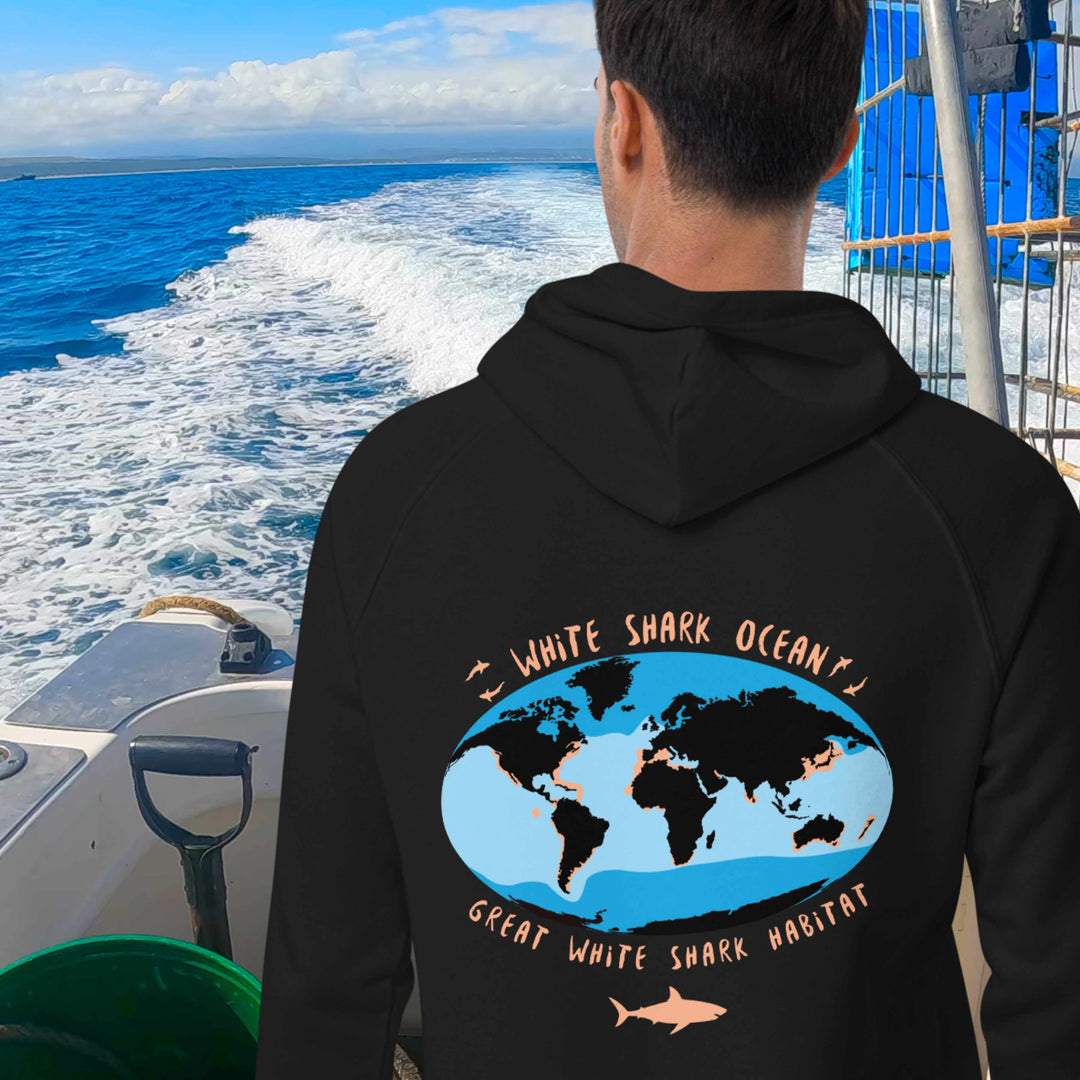
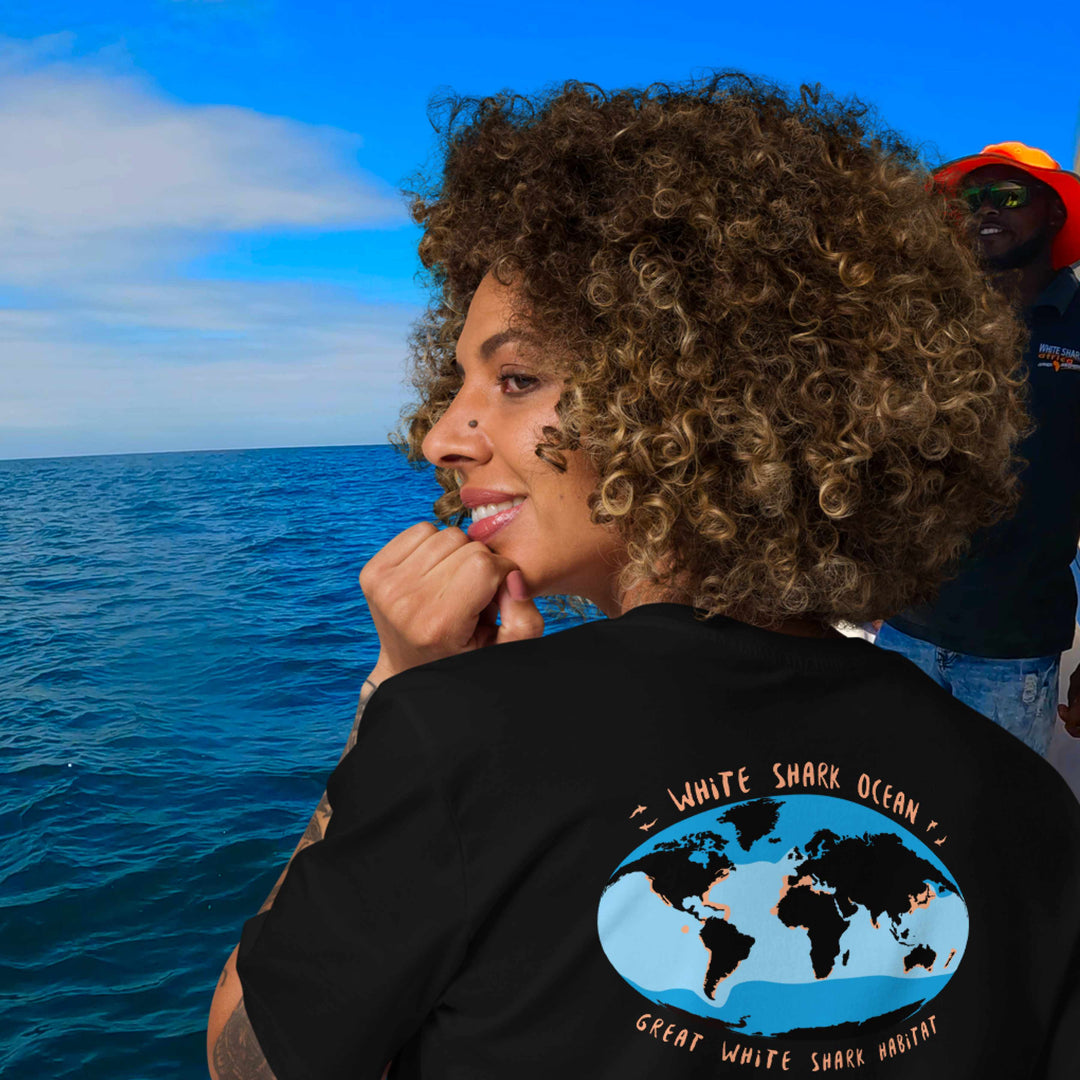
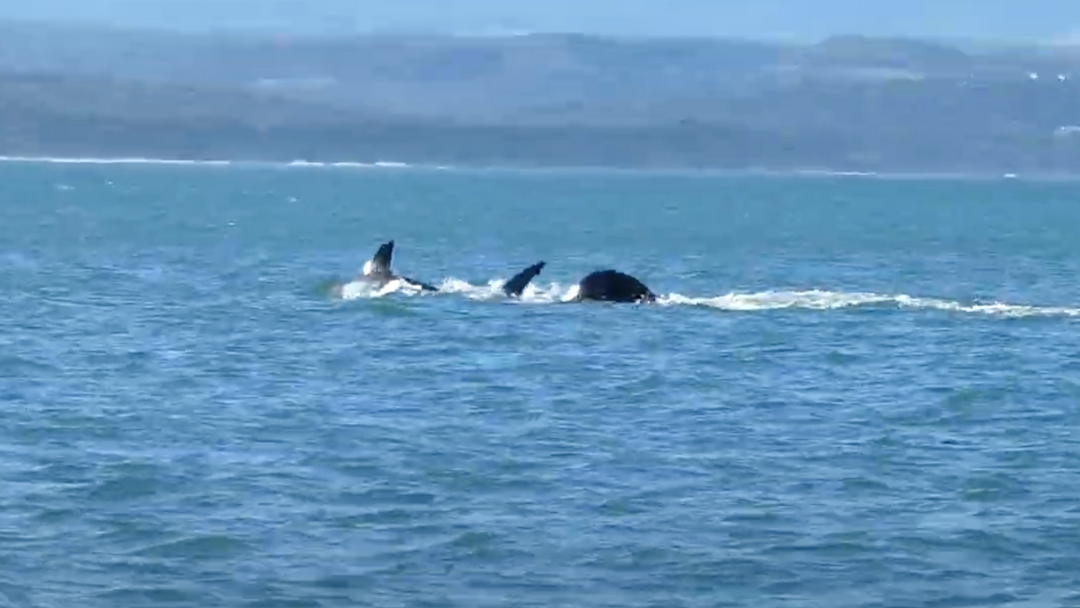
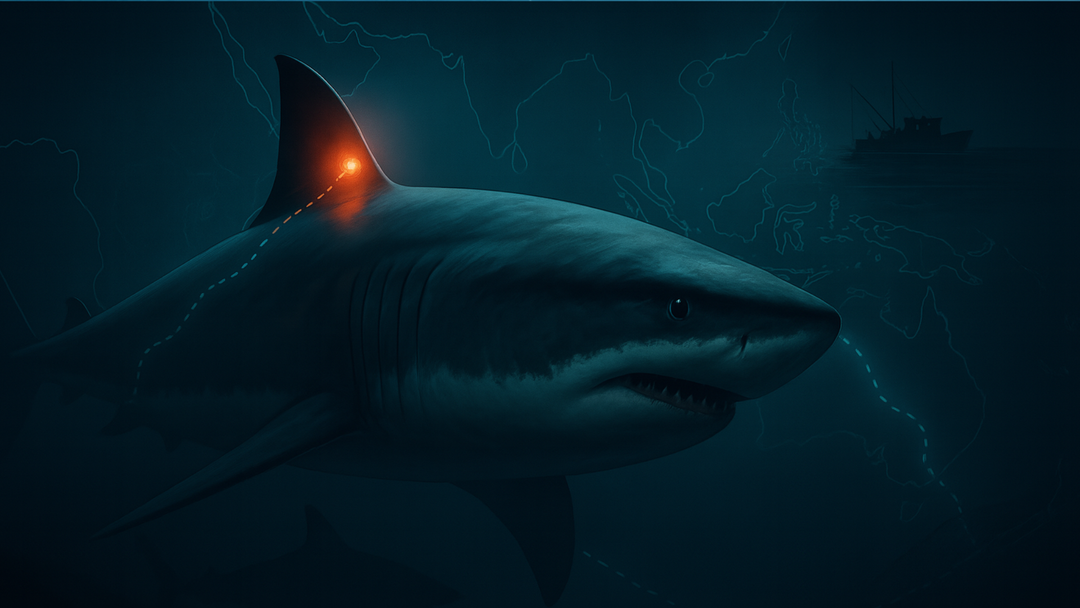
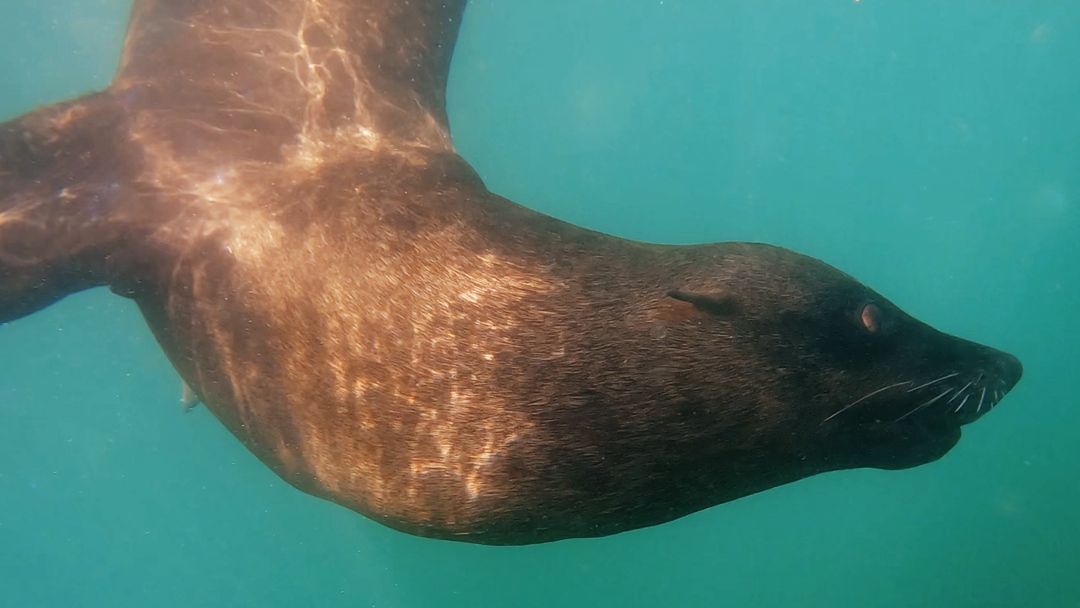
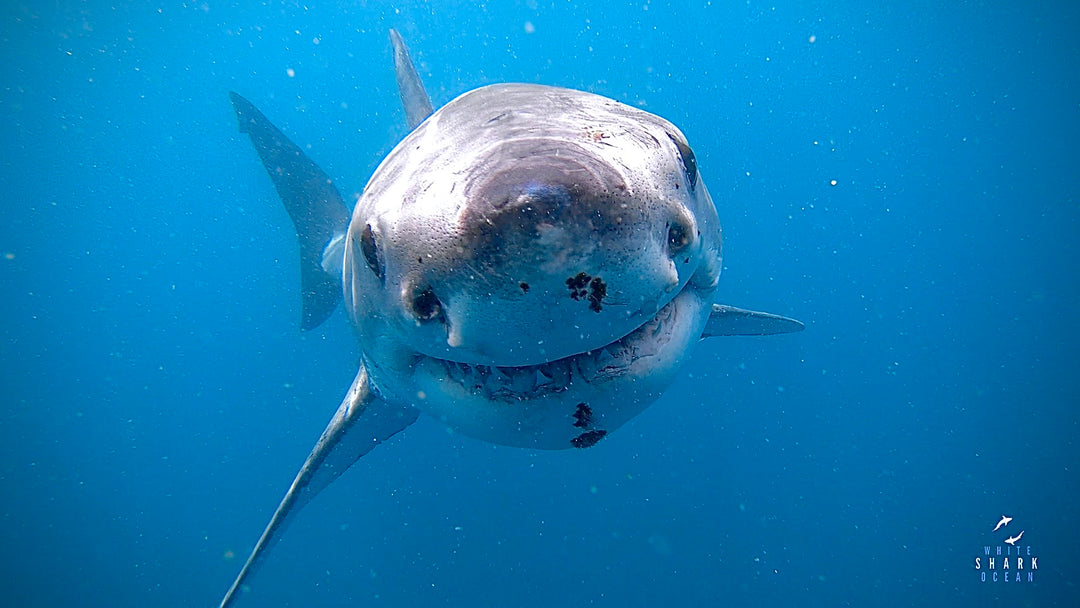
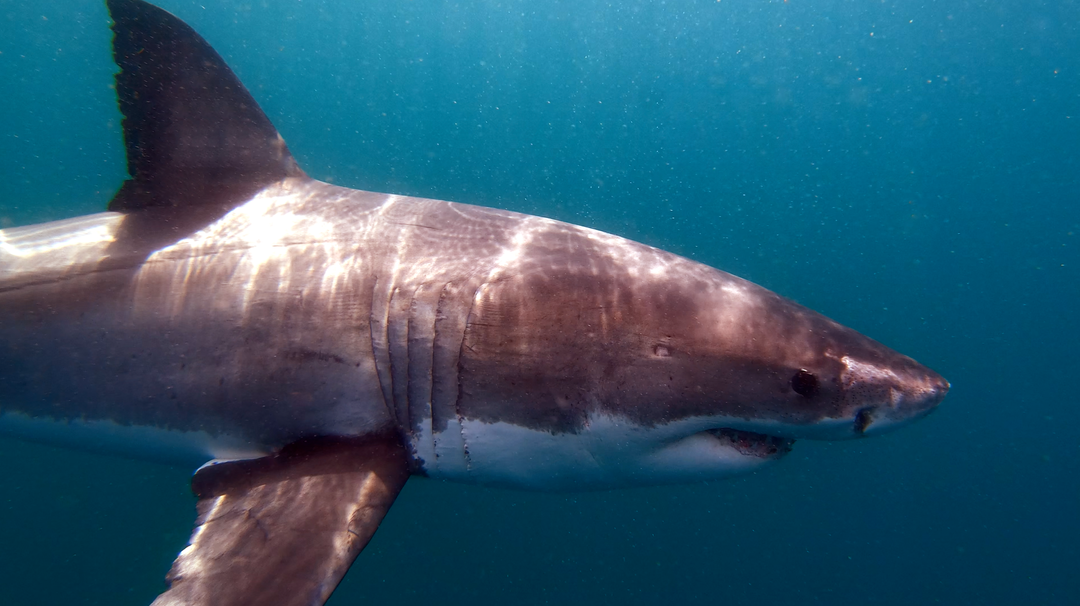
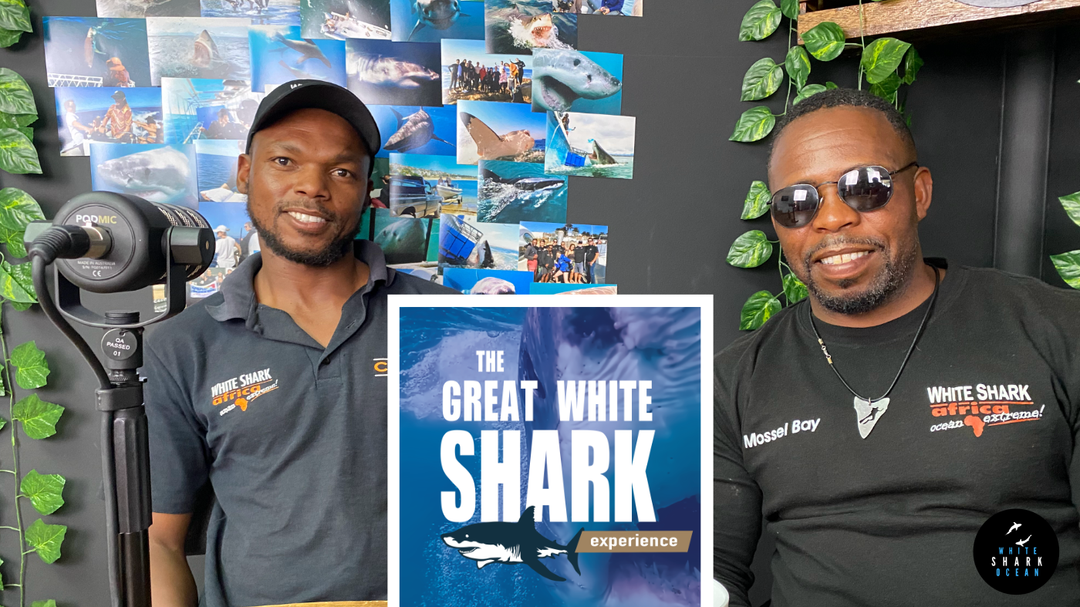
Leave a comment